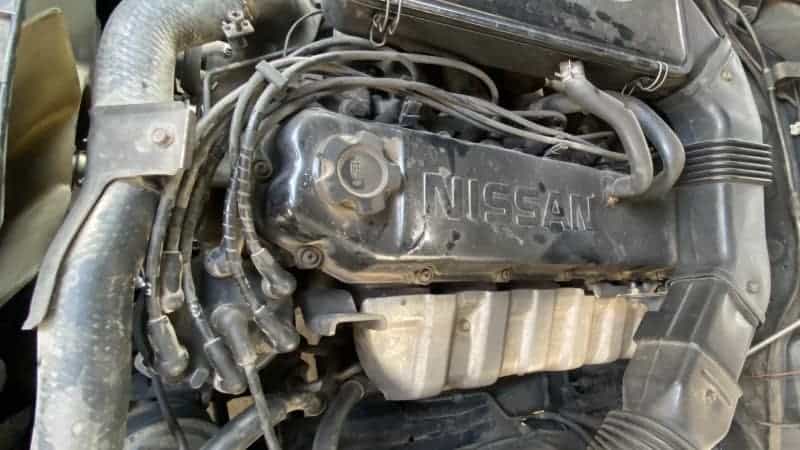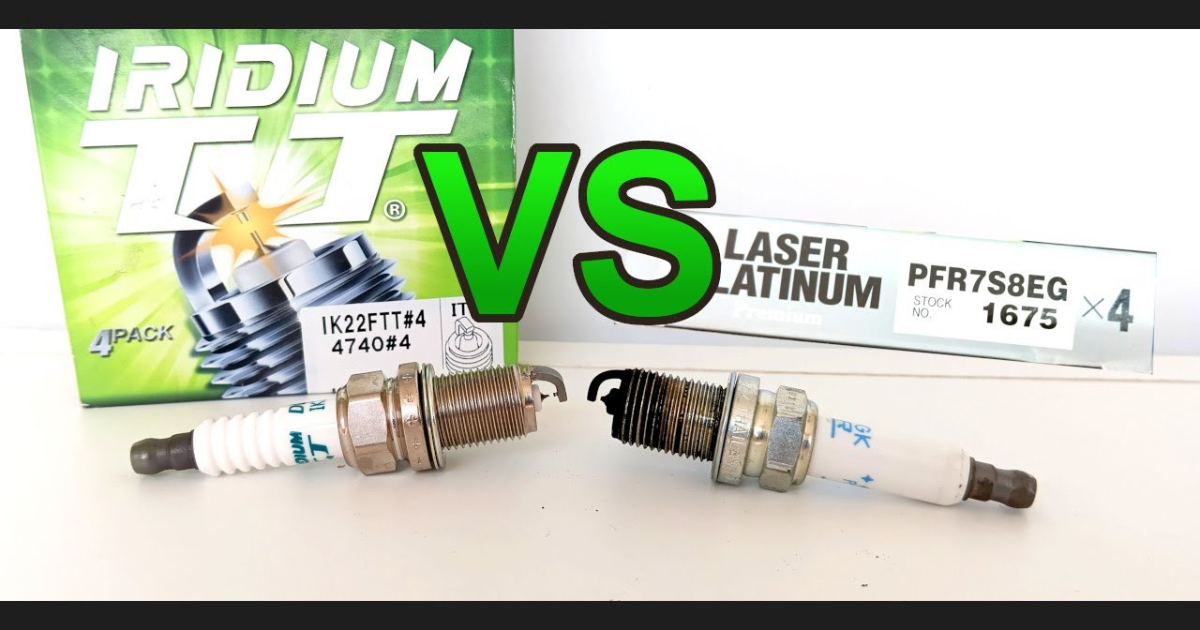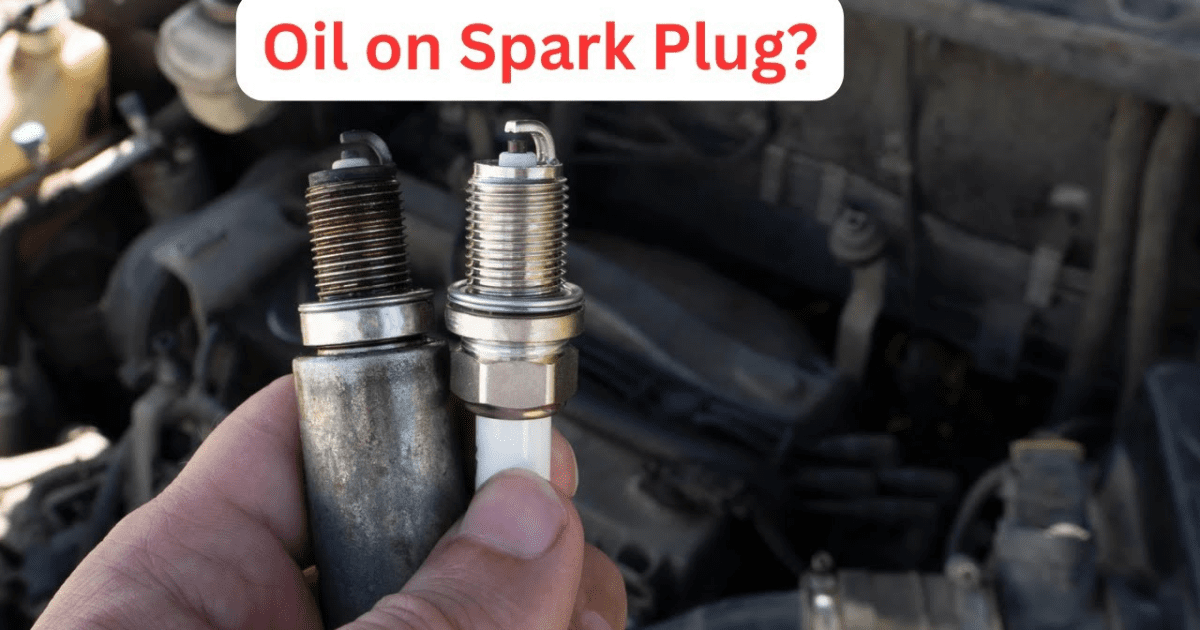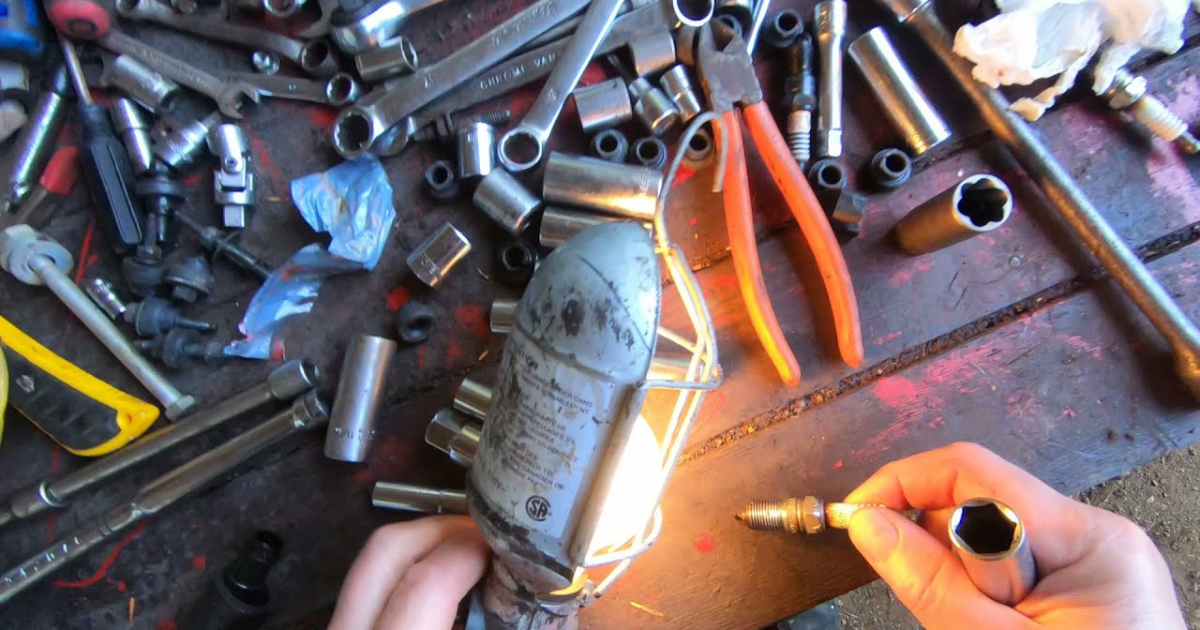The spark plug wires are made of a material that has low resistance and is sturdy enough to withstand the high voltage of the ignition system and the hard conditions found under the hood.
When they aren’t doing their job properly as transmitters of the spark that the engine needs to run, it will have a detrimental impact on the engine’s performance. You can save a ton of money if you know what to look for, how to check for faulty spark plug wires, and how to replace them.
Signs and symptoms of bad spark plug wires
A vehicle’s electrical system would not function properly without the spark plug wires. When ignition leads start to break, you’ll notice a few telltale signs that anything is amiss. If the source of these indications is not promptly addressed, more serious issues may arise. In this short article, we will examine the most typical signs of poor ignition cables.

- Hard starting
- Engine misfire
- Engine hesitation
- Engine surging
- Engine rough idling
- Reduced engine power
- Check engine light
How to test spark plug wires
A number of engine parts, including spark plugs, ignition coils, fuel filters, and so on, exhibit symptoms that are comparable to those of bad spark plug wires. The best course of action when you experience any of the aforementioned symptoms is to check the spark plug wires to be sure they are the culprit. There are a few special items you’ll need before you can start the test.

Ohm or analog meter- Owner’s booklet
- Clean rag
- Jumper wire 30-60cm long
- Tape measure
- Spray bottle and water
- Screwdriver
- Spark plug wires pliers (if available).
Ignition leads must be tested independently. For each test, you’ll need to separate the spark plug wires and then reconnect them. You can avoid tripping over any of the wires if you do each one separately. Serious engine misfire might result from jumbled cables. The vehicle will continue to run well if you record and adhere to the engine firing order.
How to change spark plug wires
It is crucial to replace damaged spark plug wires with high-quality ones in order to maintain optimal engine efficiency.
Take off the spark plug wires.
When changing out your old spark plug wires, always begin with the smallest cable and work your way longer. That way, you won’t be able to accidentally swap the wires. To loosen the distributor or spark plug boot, turn it or twist it. If you want to keep the cable connection from breaking, you shouldn’t twist or tug on it.
Installing the new spark plug cables
- Now is the ideal moment to replace your spark plugs and clean the holes. Continue with the spark plug replacement, though, if you have just changed the plugs. Lay up the new spark plug wires in a row, starting with the shortest one from the pack you purchased and matching it with the shortest one from the car.
- Continue in this manner until you reach the longest cable. Because different ignition lead manufacturers use different matching procedures, it is important that you follow the steps outlined above and avoid matching leads of the same length.Now is the ideal moment to replace your spark plugs and clean the holes.
- Continue with the spark plug replacement, though, if you have just changed the plugs. Lay up the new spark plug wires in a row, starting with the shortest one from the pack you purchased and matching it with the shortest one from the car.
- Continue in this manner until you reach the longest cable. Because different ignition lead manufacturers use different matching procedures, it is important that you follow the steps outlined above and avoid matching leads of the same length.
- The correct way to install ignition cables is to fix the spark plug to the ignition coil or distributor with one end of the boot and the new wires on the other. To keep the cables from coming loose from the cap, make sure they sit properly.
- Gently twist and push the spark plug cord in while holding it firmly against the boot. Make sure the plug insulator is in the correct position for the cable clips and snap-in. The wires will snap easily and make a “click” noise when you set them correctlyCheck your work by verifying the installation again. If you gently tug on the wires and they come right out, it means there was a mistake during installation and you need to fix it.
Changing the path of the spark plugs
In order to prevent damage, it is crucial that the lead wire not rest on any hot components, such as the exhaust manifold. It is critical to route the spark plug wires in the order in which they fire, and to make sure the wires are not too close or parallel to each other while spacing them.
You can avoid voltage loss between engine metal components and the conductor by rerouting the wires away from hot components. When properly installed, high-quality wires will include a set of metallic springs that click or snap. Invest on premium cables instead of sloppy ones.
Conclusion
Suppose your car’s engine is showing signs of faulty spark plug wires in more than one way. Then, to stop the problem from getting worse, you need to find out which ignition wires are defective and replace them. You must have been wondering what effect spark plug wires have on your car if you have read this far.




